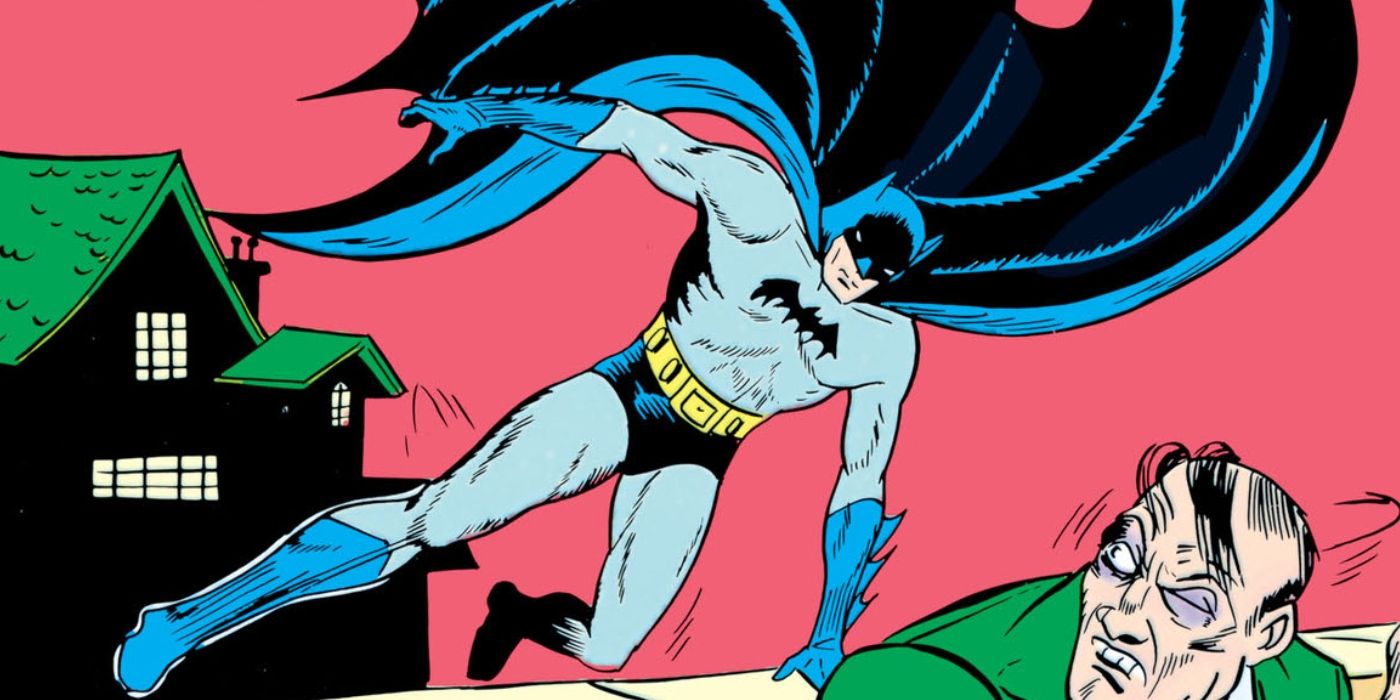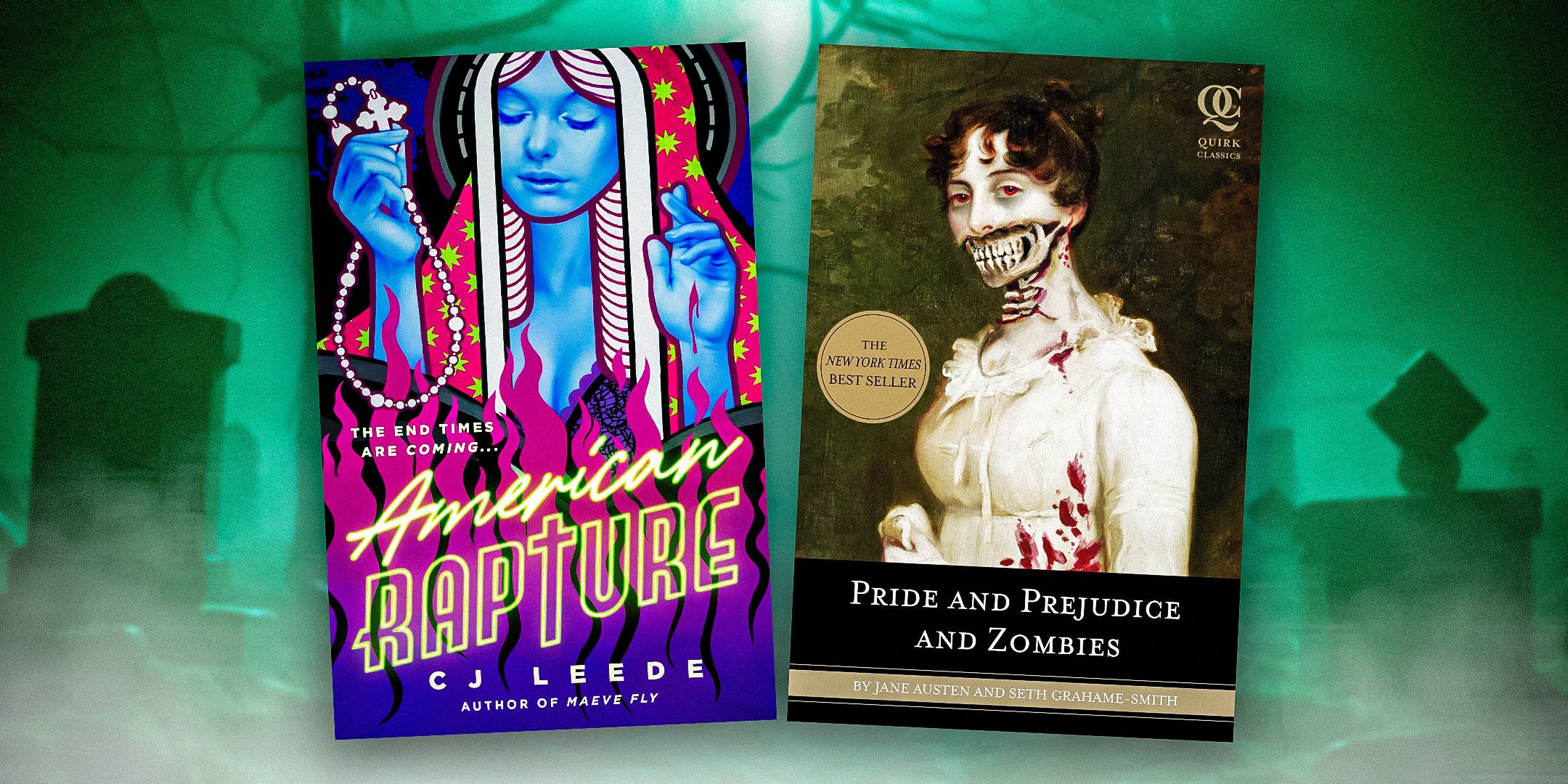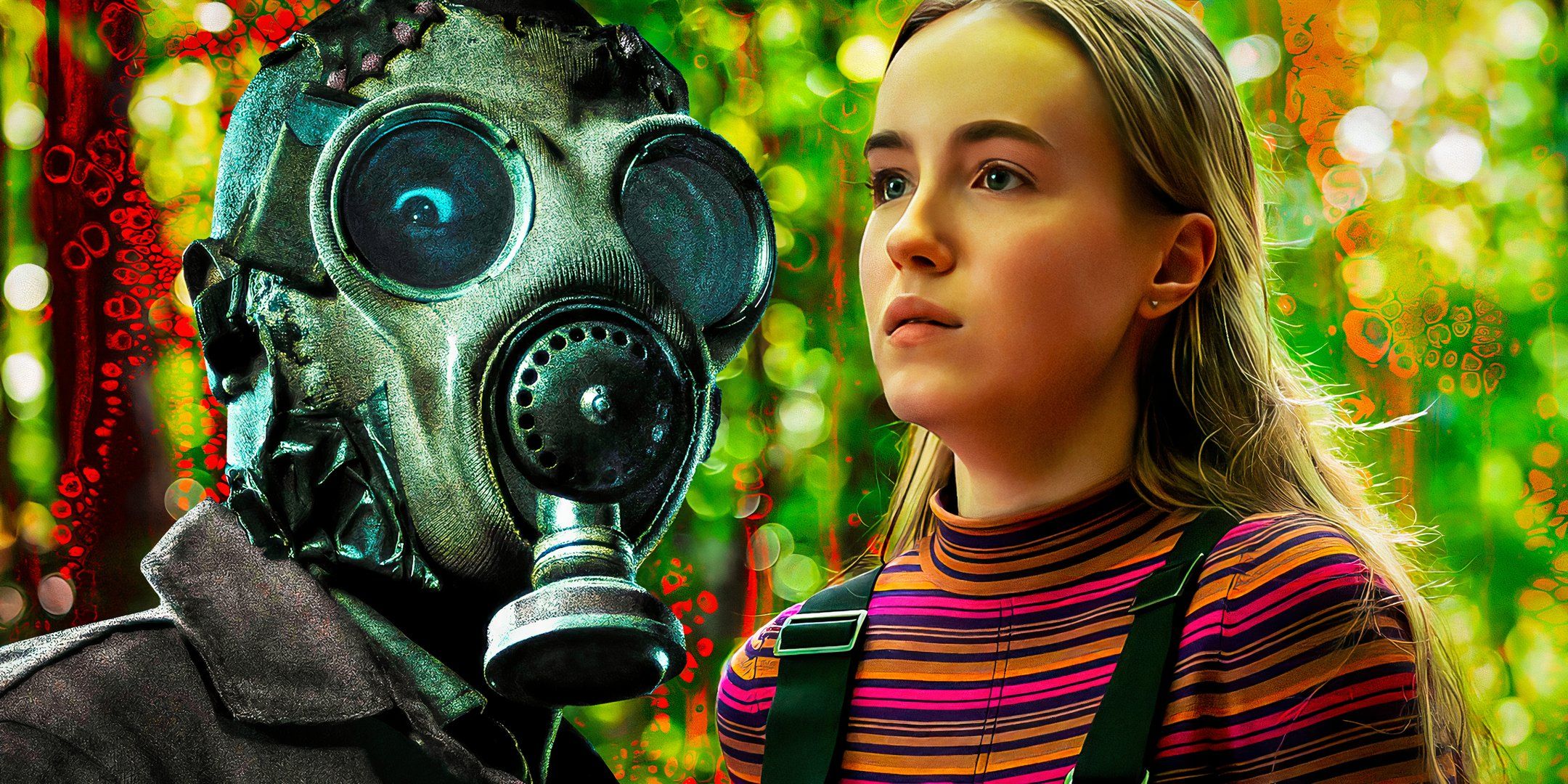At the end of 2021’s “Dune,” Timothée Chalamet’s Paul Atriedes looks out across the desert in awe as he sees a Fremen of Arrakis riding a sandworm.
It was a tease of what was to come from director Denis Villeneuve in this year’s “Dune: Part Two.” Paul and his mother Lady Jessica (Rebecca Ferguson) immerse themselves in Fremen culture in the sequel, and the sandworm ride is a coming-of-age ritual. Paul riding a massive worm would be his ascension to power. The white-knuckled sequence where Paul mounts one and rides across the desert was something cinematographer Greig Fraser had to get right.
Speaking to Variety for the Inside the Frame series, Fraser explains “This is his journey of becoming accepted by the Fremen. It’s a journey that has come a long way up to this point. There is some part of the Fremen community that believes he’s going to die, and there are a couple of believers who very firmly believe that he’s going to succeed. I think Paul doesn’t quite know either.”
The camera, lighting and movement choices are all based directly on how Paul and Chani (Zendaya) are feeling and behaving at that particular point in time.
Leading up to the worm ride, Fraser sought to capture Chani’s nervousness. “That’s pretty well reflected in the way the camera moves,” he says. “The camera has a little more movement, it’s more handheld, it feels a little bit more emotional. There’s a quick pan that goes from the place where the worm is going to come from, over to Paul, and Chani’s head, and then we come back to Paul.”
When Fraser’s camera returns to Paul, the movement is still. He says, “It’s him trying to meditate, become one with the worm, and make sure that he rides this thing properly,”
Natural lighting was an important factor to Fraser and Villeneuve. The worm ride sequence took 44 days to shoot, and while it needed to feel edgy and dangerous, the lighting needed to feel real and natural. “In the film world, we can cheat where the director of daylight comes from on actors. You’ll watch a film, and you’ll rarely see somebody front-lit. You’ll mostly see people backlight, which is a little bit magical, but we do it and we get away with it. For this, it was important that the sun came from one direction, and it’s very clear where the sun comes from because you have a lit side of the sand dune and a shadow side which means that we could not chat this placement.”
In discussing how the scene needed to look on camera, Fraser says he and Villeneuve looked at avalanche videos, surf videos and people wiping out in waves to see “what it would look like when you’re drowning in water. In this case, we tried to see what it would be like when Paul was literally under the water, but in this case, sand.”
Fraser confirms that all of the worm riding was shot in natural daylight. He says, “It removes one of the pieces of artifice. Making movies is artificial. So if you can remove one or two of those factors, then it means that we have that ability to become immersed and suspend disbelief for 10 minutes or two hours.”
Variety’s Inside the Frame is presented by LG.




:quality(85):upscale()/2024/10/31/801/n/49351082/b84152bf6723c91b32cc73.86821940_.jpg)


:quality(85):upscale()/2024/10/29/581/n/1922153/3f2adeb76720db8a0484f8.73093870_.jpg)
:quality(85):upscale()/2024/11/01/729/n/49351082/edfd0f616725023b36fdf0.07661898_.jpg)
 English (US) ·
English (US) ·